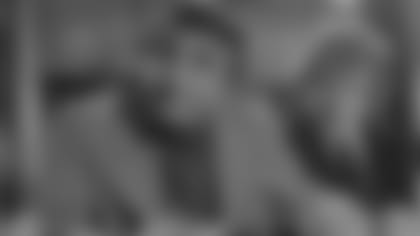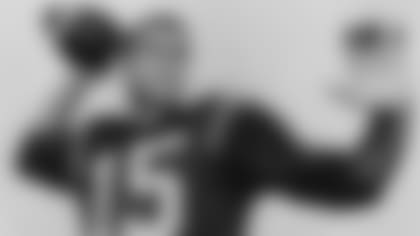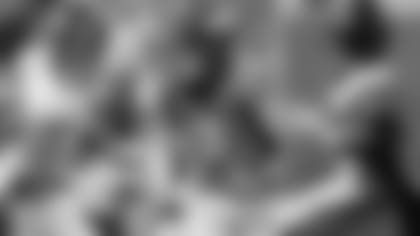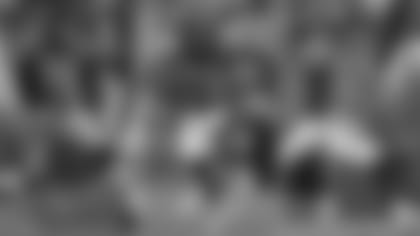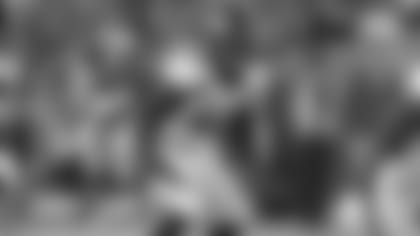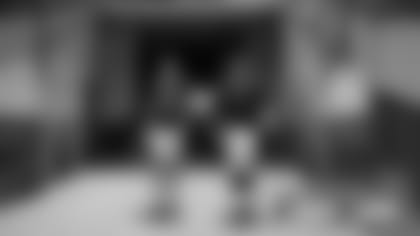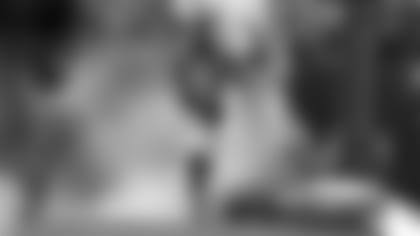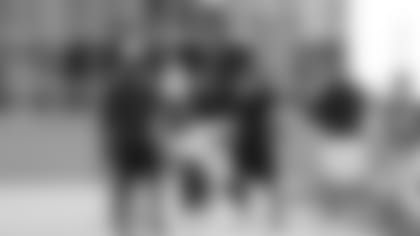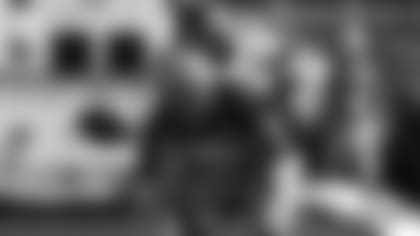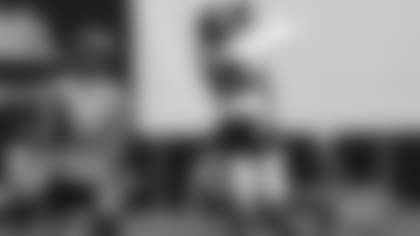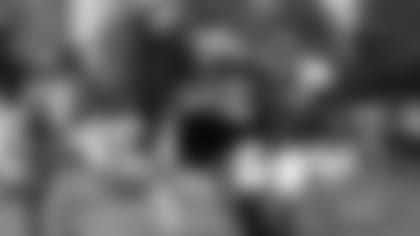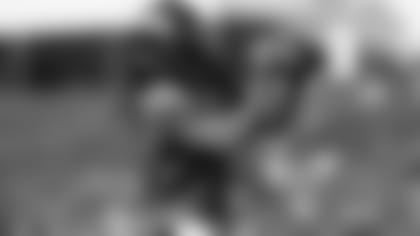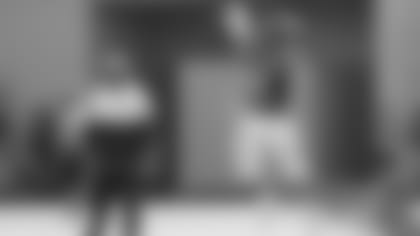The life of Vito "Babe" Parilli in football was unlike any other.
Parilli, who died Saturday at the age of 87, was the quarterbacks coach for the Broncos from 1977-79, working on the staff of one Ring of Famer (head coach Red Miller) while guiding another Ring of Famer (Craig Morton) to some of the best seasons of his career.
Those three years forever connected Parilli to the Broncos and to Denver. But they tell just a small fraction of his story, a journey of nearly 50 years in the sport that saw him cross paths with one legend after another.
After growing up in Rochester, Pennsylvania, Parilli played at Kentucky under perhaps the greatest coach in college football history, Paul "Bear" Bryant. He guided UK to its greatest football success, leading them to wins in the Sugar Bowl and Cotton Bowl in consecutive seasons. That earned the notice of the NFL and the Green Bay Packers, who drafted Parilli with the No. 4 overall pick in the 1952 NFL Draft.
A whistle-stop, 18-season playing career followed, beginning with two years in Green Bay. It included two separate stints with the CFL's Ottawa Rough Riders, and a year with the Cleveland Browns under Hall of Fame coach Paul Brown, when he was a first-hand witness to Brown's early attempts to use a radio receiver in a quarterback's helmet. Parilli returned to Green Bay in 1957, playing two more seasons as a backup behind Bart Starr before he was cut in 1959 by a head coach just getting his feet wet -- Vince Lombardi.
As Parilli told the Milwaukee Journal-Sentinel in 2003, he got the better of Lombardi on the golf course -- but that might have been a mistake.
"We were only playing for a dollar," Parilli said. "But afterwards, he threw the dollar at me and said, 'That's the last dollar you'll ever make from me.' And before the season started, he cut me."
However, that set up the decade that would help define Parilli's legacy: 10 seasons as an American Football League quarterback. After playing for the Rough Riders in 1959, he joined the new league's Oakland Raiders in 1960, then was traded to the Boston Patriots in 1961.
The Patriots gave Parilli the chance he desperately wanted: a full-time starting role with a U.S.-based pro team. He flourished, establishing franchise passing standards that stood for two decades during seven seasons that saw the Patriots go 44-32-7 in his starts. Parilli still ranks fourth in Patriots history in completions, yardage and touchdown passes behind Tom Brady, Steve Grogan and Drew Bledsoe.
In 1968, Parilli joined the New York Jets and earned a Super Bowl ring as Joe Namath's backup quarterback while soaking up knowledge from the Jets' Hall of Fame-bound coach, Weeb Ewbank.
Parilli retired from playing in 1970 and began another adventure as a coach that included his three years under Miller on the Broncos' sideline and a stint as Chuck Noll's quarterbacks coach in Pittsburgh tutoring Hall of Famer Terry Bradshaw.
Parilli also coached in three other leagues: the World Football League (as head coach of the New York/Charlotte Stars and the Chicago Winds), the United States Football League (as the Denver Gold's offensive coordinator under Morton) and as the head coach of six different Arena Football League teams, including the Denver Dynamite from 1989-91.
In 1997, Parilli concluded his head-coaching career with the AFL's Florida Bobcats. It was a team that was basically homeless; because of venue and management problems, it played its "home" schedule in places like Boston, Los Angeles and Ottawa, Canada.
Midway through that final season, Parilli's team faced off against a future Pro Football Hall of Famer: Kurt Warner, who was guiding the Iowa Barnstormers. A few months later, Warner would get his NFL shot with the St. Louis Rams, but on that night, Parilli's humble Bobcats stunned the legend's team, 68-55.
It was the sort of wily triumph that was Parilli's specialty. Knocked down so many times, but never out, he was one of the game's true survivors, leaving behind a legacy as unique as the sport itself.
